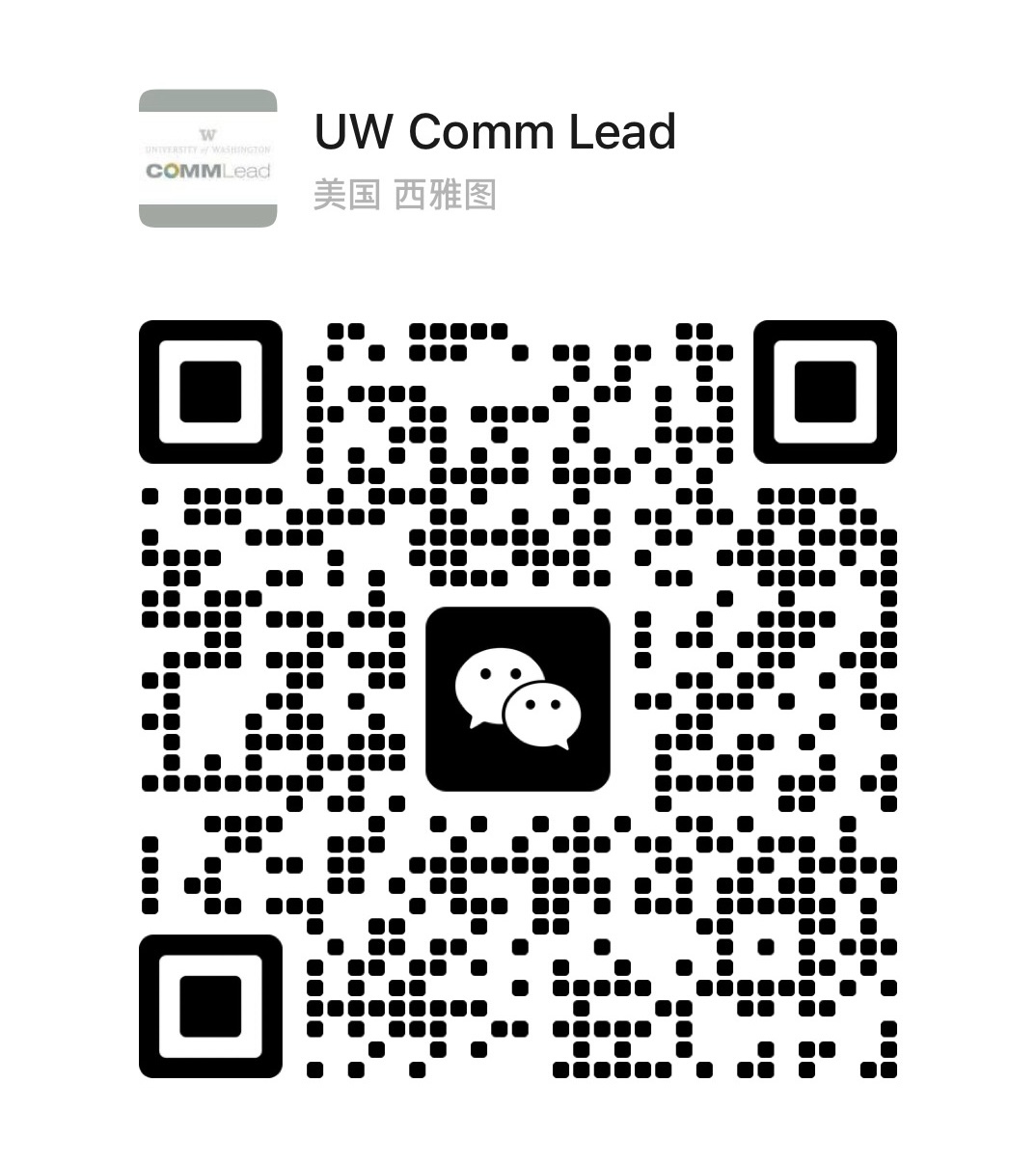Course Description:
A strong branded podcast can reach new audiences and strengthen engagement with existing customers. It can fill communication gaps and build organizational identity. But a podcast with no audience or without a clear editorial mission can be a drag on time and resources. Before you ever press ‘record’ it is vital to first understand the organization’s communication needs and target audience. In this practicum students will work in teams, supported by a faculty mentor, to create a plan for a branded podcast concept and format. Students will meet with key organizational stakeholders to understand communication needs and potential audience interest. The final deliverable will be a description of the show and segments, a detailed plan or recording of a pilot episode, and a content outline for season one.
About 503 Communication and Leadership Practicum
Communication and Leadership Practicum was designed as a complement to COMMLD 502, intended to help shape the beginning of the Communication Leadership journey. The course gives students an early opportunity to engage with and understand the uses of course concepts in contemporary professional practice by addressing the challenges of real-life organizations.
Each section of the Comm Lead Practicum focuses on a distinct professional skill or practice that is deemed essential across a variety of professional fields. Students can choose their section based on their interests and needs. Each section is matched with a client organization or group of client organizations who are interested in partnering with Communication Leadership students.
he span of a quarter, students analyze the issues faced by the client organization(s), collaborate and brainstorm collectively in small teams, and with the support of their faculty mentor create a deliverable for the client organization(s) that relates to the specific practice. Students may also create creative samples as part of the project. In doing so, students can develop and enhance skills, build foundations of practice, and produce work that they can include in their own professional portfolios.
Structure of Class
Class will convene online during the time indicated by section for a minimum of 5 classes led by a faculty mentor. This may occur every other week, or at different intervals that serve the needs of the project. On dates that the faculty mentor is not in attendance, students will have that time together to work with their teams.
During the times that faculty mentors are in attendance, students will report out on the current status of their projects, hear from experts about best practices, receive feedback, and provide feedback to one another. At the end of the quarter, students will present their project deliverables to the client organization, faculty, and their peers.
In addition to the final presentation, students will plan to meet with the client organizations mid-way through to report out on the current status of their projects and receive important feedback on their developing ideas and processes. Depending on client availability for these two meetings, time may need to be rescheduled from the regular class meeting time, with consideration of faculty mentor and student schedules.

 University of Washington
University of Washington